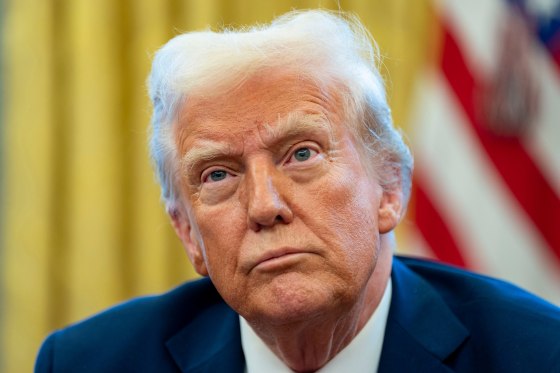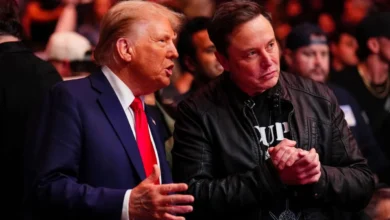A Timeline of US-China Tariff Escalations Since Trump’s First Term
Escalating Trade Tensions Between the U.S. and China Spark Ongoing Tariff Disputes

- China’s retaliatory tariffs on U.S. imports took effect on Monday
- The exchange of tariffs and trade restrictions evokes memories of the trade war
- China also restricted exports of five rare metals crucial for defense and clean energy sectors.
China’s retaliatory tariffs on U.S. imports took effect on Monday, just hours after U.S. President Donald Trump announced plans to impose new tariffs on all steel and aluminum imports to the U.S.
The exchange of tariffs and trade restrictions evokes memories of the trade war that dominated much of Trump’s first term in office and continued under President Joe Biden.
Less than a month after returning to the White House on January 20, Trump imposed 10% tariffs on all Chinese imports, a move expected to raise prices on products like laptops, toys, and fast fashion.
China responded by imposing 15% tariffs on coal and liquefied natural gas, and 10% tariffs on crude oil, agricultural machinery, and large-engine cars imported from the U.S.
In addition to tariffs, Beijing launched an anti-monopoly investigation into Google and placed PVH, the owner of U.S. fashion brands Tommy Hilfiger and Calvin Klein, on its “unreliable entity” list.
China also restricted exports of five rare metals crucial for defense and clean energy sectors.





